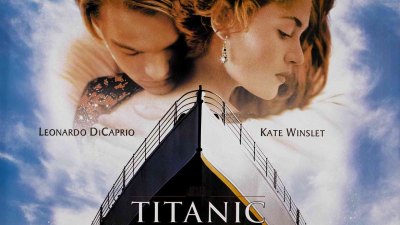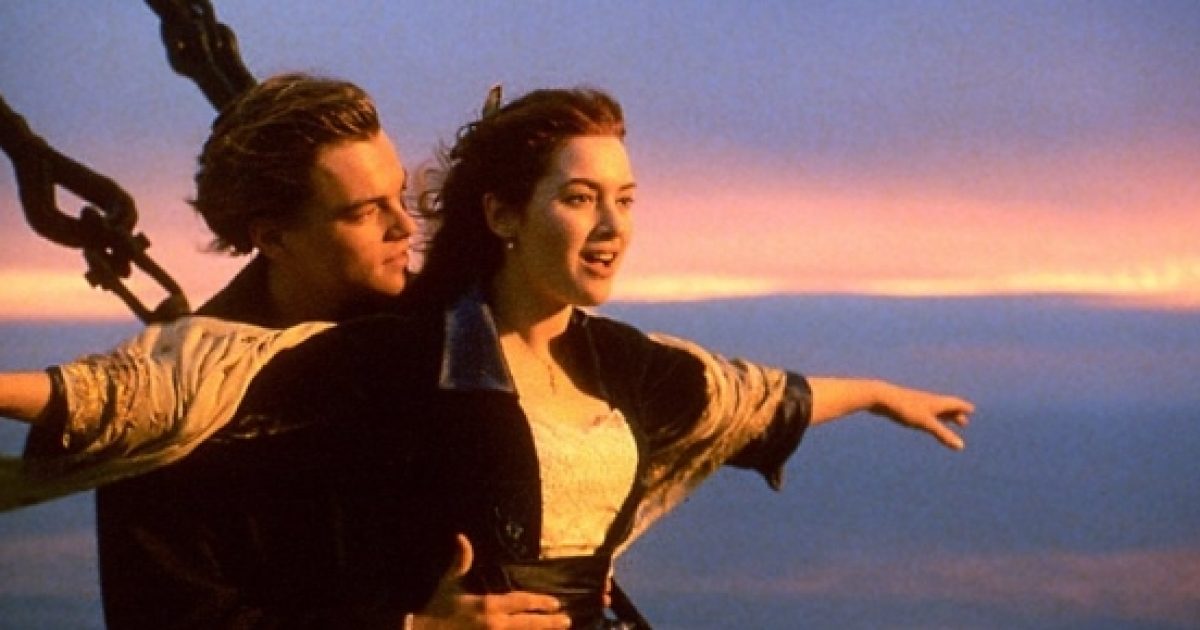In the mid-1990s, filmmaker James Cameron faced a lot of skepticism. People thought he was taking a huge risk by spending hundreds of millions of dollars to make a film about the Titanic. Not only that, but he decided to center the story around a love affair between first-class passenger Rose Dewitt Bukater and third-class passenger Jack Dawson. Some thought it was a crazy idea to cast Leonardo DiCaprio and Kate Winslet in the lead roles. DiCaprio had starred in films like This Boy’s Life and Romeo + Juliet, while Winslet had appeared in Sense and Sensibility. But Cameron’s instincts paid off. Titanic became one of the biggest hits of all time, skyrocketing both actors to global fame. Now, two decades later, we’re diving deep into the behind-the-scenes facts of this legendary film.
Let’s take a quick look at the timeline of the real Titanic. In 1912, after two years of construction in Belfast, Northern Ireland, the Titanic was completed. On April 10, 1912, it set sail from Southampton, England, stopping at Cherbourg, France, where famous passengers like "unsinkable" Molly Brown and John Jacob Astor boarded. After another stop in Queenstown, Ireland, the ship began its journey to New York City with 2,223 people aboard. On April 14, 1912, at 11:40 p.m., the Titanic struck an iceberg. By April 15, 1912, at 2:30 a.m., the ship had broken in half and sank to the bottom of the North Atlantic.

(Photo: R/R)
Read also:Emily Balkind Engaged The Inside Scoop On Love Life And Everything In Between
Executive producer Rae Sanchini described the ship’s final moments vividly: “The Titanic didn’t just sink. It literally ripped in two at the surface, with over 250 feet of stern lifting out of the water and, at one point, stood nearly vertical to the ocean’s surface. Its dramatic death throes lived up to its pretentious name. The maiden voyage of the ‘ship of dreams’ ended in a nightmare truly beyond comprehension.”
James Cameron added, “The Titanic was the first big wake-up call of the twentieth century. Technology had been delivering a steady diet of miracles for the better part of two decades — the automobile, sound recording, radio communication, the airplane, motion pictures. Everything seemed to be exploding with possibilities; it was all going to be great and wonderful in this never-ending upward spiral of progress. And then, boom — 1500 people die in what had been advertised as the best, safest, most luxurious ship ever built. Our so-called mastery over nature was completely refuted and forever destroyed.”
James Cameron’s Vision for Titanic
In the production notes for Titanic, James Cameron explained, “My goal in making this film was to show not only the dramatic death of this infamous ship but her brief and glorious life as well. To capture the beauty, exuberance, optimism, and hope of Titanic, her passengers and crew, and, in the process of revealing the dark side of humanity underlying this tragedy, celebrate the limitless potential of the human spirit. For Titanic is not just a cautionary tale — a myth, a parable, a metaphor for the ills of mankind. It is also a story of faith, courage, sacrifice, and, above all else, love.”

(Photo: R/R)
Read also:Quizon Family Tree Tracing The Roots Of A Remarkable Legacy
The Power of Jack and Rose’s Love Story Amid Tragedy
“The tragedy of Titanic has assumed an almost mythic quality in our collective imagination,” Cameron reflected. “But the passage of time has robbed it of its human face and vitality. I hope that Rose and Jack’s relationship will be a kind of emotional lightning rod, if you will, allowing viewers to invest their minds and their hearts to make history come alive again. Their connection on an emotional level is what transforms Rose from this sort of Edwardian first-class geisha who is dying on the inside into this spirited young woman on the cusp of a new life. Jack possesses this natural energy and purity of spirit which makes that transformation possible.”
For Kate Winslet, It Was Always About Love
“It was never about a sinking ship,” Kate Winslet said at the time. “It was never just another Titanic movie. That was merely a part of it, and it happened to be the place where the story was set. That’s what it was for me, always.”
The Great Experiment
Speaking to ABC News, Leonardo DiCaprio explained why he and Kate Winslet decided to take on the film. “Titanic was very much an experiment for Kate Winslet and me. We’d done all of these independent movies. I loved her as an actress and she said, ‘Let’s do this together, we can do this.’” The film’s success had a profound impact on DiCaprio’s career. “I used [my fame] as a blessing, to make R-rated, different kinds of movies, to throw the dice a little bit on things I wanted to act in. People would want to finance those movies now. I’d never had that, before Titanic,” he added.


